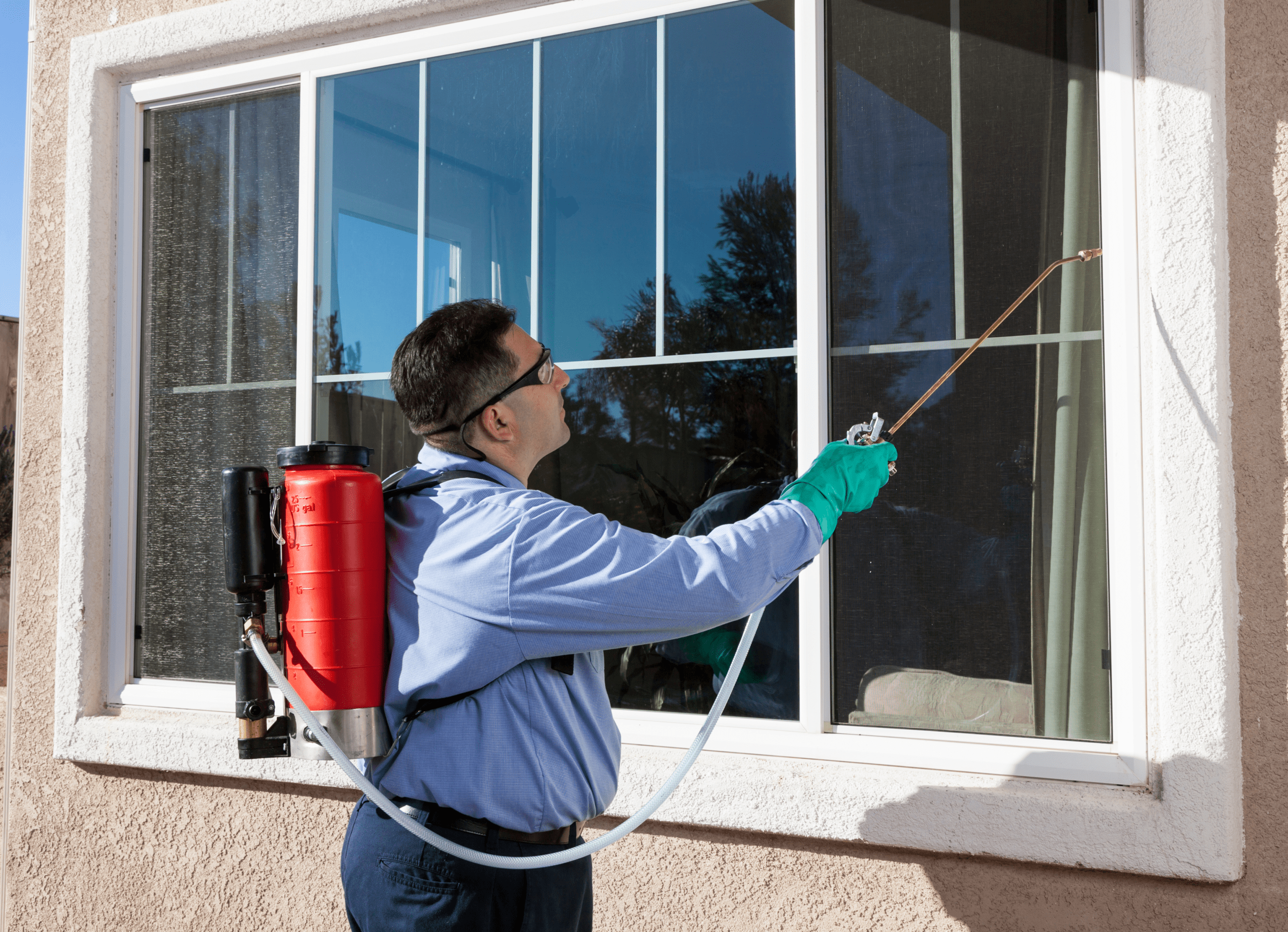
How Often Should Pest Control Be Done in Your Home?
Regular pest control is essential to maintain a safe and comfortable living environment. Many homeowners wonder about the frequency with which they should conduct pest control to effectively prevent infestations. The answer can vary depending on several factors, including the type of pests involved, the location of your home, and previous pest history. This blog will guide you through determining the optimal frequency for pest control treatments in your home.
Understanding Pest Control Needs
Effective pest control is not just about reacting to infestations as they occur; it’s also about understanding the specific needs of your home and tailoring strategies accordingly. Several factors influence how vulnerable your home might be to pests, and recognizing these can help you decide on the most effective pest control plan. Here’s a deeper dive into understanding the unique pest control needs for your home.
Geographic Location
Your home’s location plays a significant role in determining your pest control needs. Different regions have different common pests, and the local climate can also influence pest activity levels. For example:
- Warm Climates: Areas with warmer temperatures year-round may experience continuous pest problems, such as ants, termites, and cockroaches.
- Wooded Areas: Homes near forests or rural areas may have higher encounters with ticks, mosquitoes, or wildlife like raccoons and deer that can bring other pests into your yard.
- Water Proximity: Proximity to bodies of water can increase the likelihood of problems with mosquitoes and other water-bred insects.
Understanding the environmental factors associated with your geographic location helps in planning the appropriate pest control measures, whether it’s fortifying the home against invasions or setting up regular treatments to address local pest populations.

Type of Property
The design and condition of your property can also influence your pest control strategy:
- Age of Home: Older homes are more susceptible to pests as they may have more cracks, gaps, and entry points. Such homes may require more frequent sealing and repairs along with regular pest control.
- Landscaping: The type of landscaping around your home affects pest issues. Dense foliage, stagnant water, and certain types of garden plants can attract pests. Managing your landscaping effectively is part of a proactive pest control strategy.
- Construction Materials: Certain materials can deter pests better than others. For example, brick and stone are less vulnerable to termite infestations compared to wood.
Household Habits
Your lifestyle and household habits can also impact your pest control needs:
- Food Storage: How and where you store food can attract or deter pests. Poorly sealed containers or crumbs left on counters can invite pests like ants and rodents.
- Waste Management: Improperly managed waste can attract pests. Regularly taking out the garbage and using bins with tight-fitting lids can help minimize this risk.
- Indoor Moisture: High levels of humidity or unresolved water leaks create ideal conditions for many pests, including cockroaches and mold-loving insects. Using dehumidifiers and fixing leaks are essential preventive steps.
Previous Pest History
If your home has had infestations in the past, it’s likely more vulnerable to future problems unless proper preventative measures are taken. Recurring issues with the same type of pest often point to an unresolved attractant or entry point. Professional pest control services can offer solutions that not only address the immediate problem but also help prevent future infestations.

Recommended Pest Control Frequencies
Determining the ideal frequency for pest control services is essential to effectively manage and prevent infestations in your home. The right schedule can vary based on several factors including pest type, severity of past infestations, and environmental conditions. Here’s a detailed exploration of recommended pest control frequencies to help ensure your home remains pest-free.
Quarterly Pest Control
For most homes, quarterly pest control is a practical and effective strategy. This frequency is particularly suited to addressing the majority of common household pests such as ants, spiders, cockroaches, and rodents.
- Seasonal Adaptation: Quarterly visits align well with the change of seasons, each bringing its own pest challenges. Technicians can apply treatments appropriate for the anticipated seasonal activity, such as reinforcing barriers against rodents in the fall or addressing insect swarms in the spring.
- Preventive Focus: Regular quarterly treatments primarily focus on prevention. By maintaining a consistent barrier around your home, you can prevent infestations before they start.
Monthly Treatments
In areas with high pest activity or for homes that are particularly susceptible to infestations, monthly treatments may be necessary. This is often the case for properties near wooded areas, bodies of water, or those with historical pest problems.
- Intensive Intervention: Monthly visits allow for more intensive and focused interventions, which can be crucial in high-risk environments.
- Continuous Monitoring: More frequent inspections provide continuous monitoring of pest activity, ensuring that new threats are detected and managed promptly.
Bi-Monthly Options
For homeowners looking for a balance between regular maintenance and cost-effectiveness, bi-monthly services offer a viable solution. This frequency can effectively keep common pests at bay while also being more affordable than monthly services.
- Enhanced Control: Bi-monthly services still provide an adequate level of control for homes with moderate pest issues and can adapt to slight changes in pest behavior or activity.
- Flexibility: This option offers flexibility to adjust treatments based on the immediate needs observed during each visit, allowing for responsive pest management strategies.

Additional Considerations for Determining Frequency
The severity of previous infestations is a critical factor in determining how often pest control services are needed. More severe problems may require more frequent visits initially until the situation is thoroughly managed.
Type of Pests:
Some pests, such as termites, bed bugs, or carpenter ants, require more specialized and possibly more frequent intervention due to their potential for damage or rapid reproduction.
Environmental Changes:
Construction near your home, changes in local wildlife populations, or even shifts in local climate conditions can increase the risk of pest invasions, potentially necessitating more frequent pest control measures.
Tailoring the Schedule to Your Needs
Ultimately, the best frequency for pest control services should be tailored to your specific situation. A professional pest control provider can assess your home’s environment, history of pest activity, and other influencing factors to recommend a schedule that best meets your needs. Regular communication with your pest management professional will ensure that the service frequency is always aligned with current conditions and pest pressures, providing optimal protection for your home.
Signs You Need More Frequent Pest Control
Certain indicators might suggest the need for more frequent pest control visits. These signs include:
Seeing Live Pests
If you start to see live pests frequently between scheduled services, it may be time to increase the frequency of your pest control appointments. Regular sightings of pests like ants, roaches, or rodents suggest that the current measures are not sufficient.
Finding Damage or Droppings
Evidence of pest-related damage, such as gnawed wires, damaged furniture, or droppings, is a clear sign that pests are active in your home. This damage not only affects your home’s integrity but can also pose health risks.
Reports of Pest Activity in Your Area
Sometimes, local alerts about pest outbreaks can prompt more frequent pest control actions. For instance, if there’s a bed bug outbreak in your area or a sudden increase in rodent populations, consider increasing your pest control sessions.
Determining how often pest control should be conducted in your home depends on various factors, including environmental conditions, the type of pests, and any history of infestation. For most homes, quarterly visits are sufficient to keep pests in check, but homes in high-risk areas or those experiencing ongoing issues may require more frequent attention. Always stay vigilant for any signs of pest activity and adjust your pest control frequency accordingly. Regular and proactive pest management not only protects your property but also contributes to a healthier living environment.

Leave a Reply